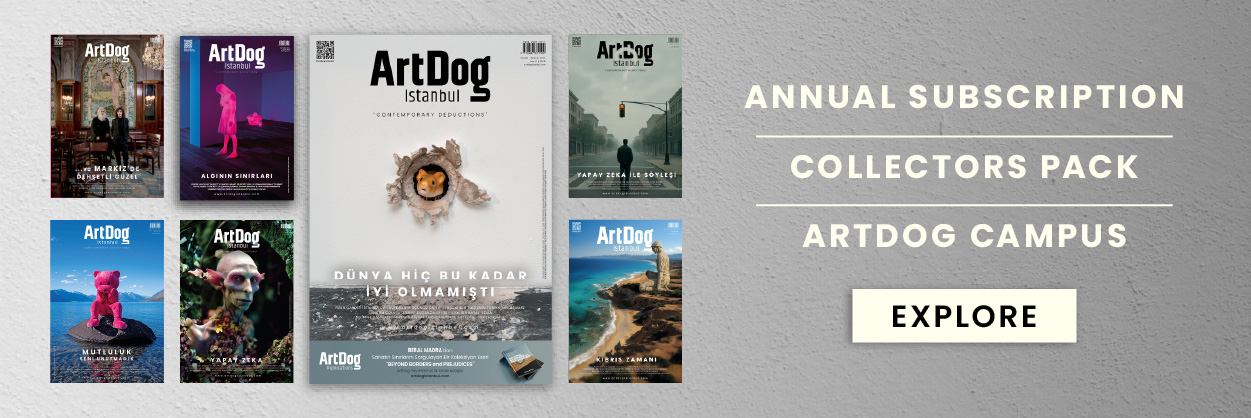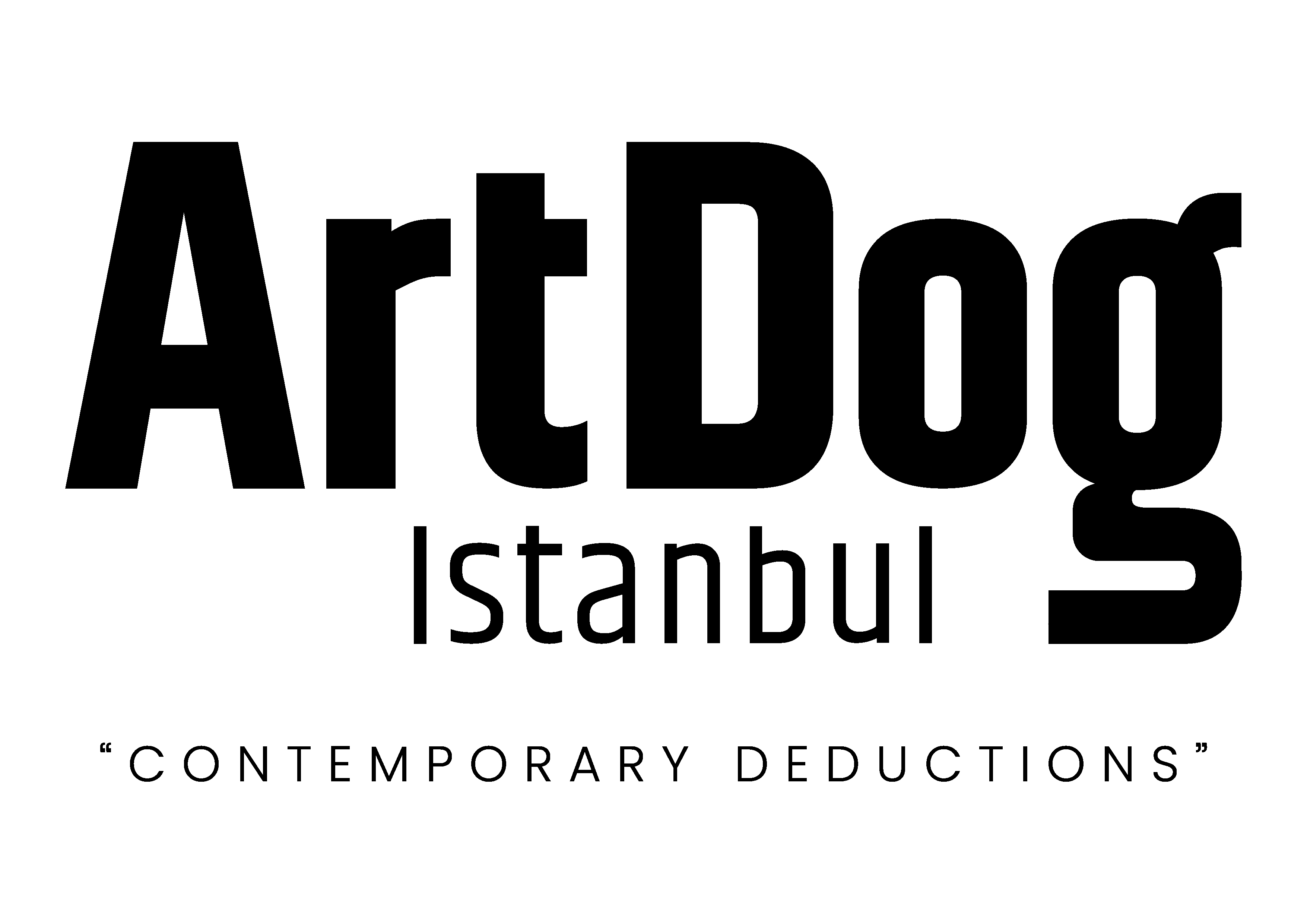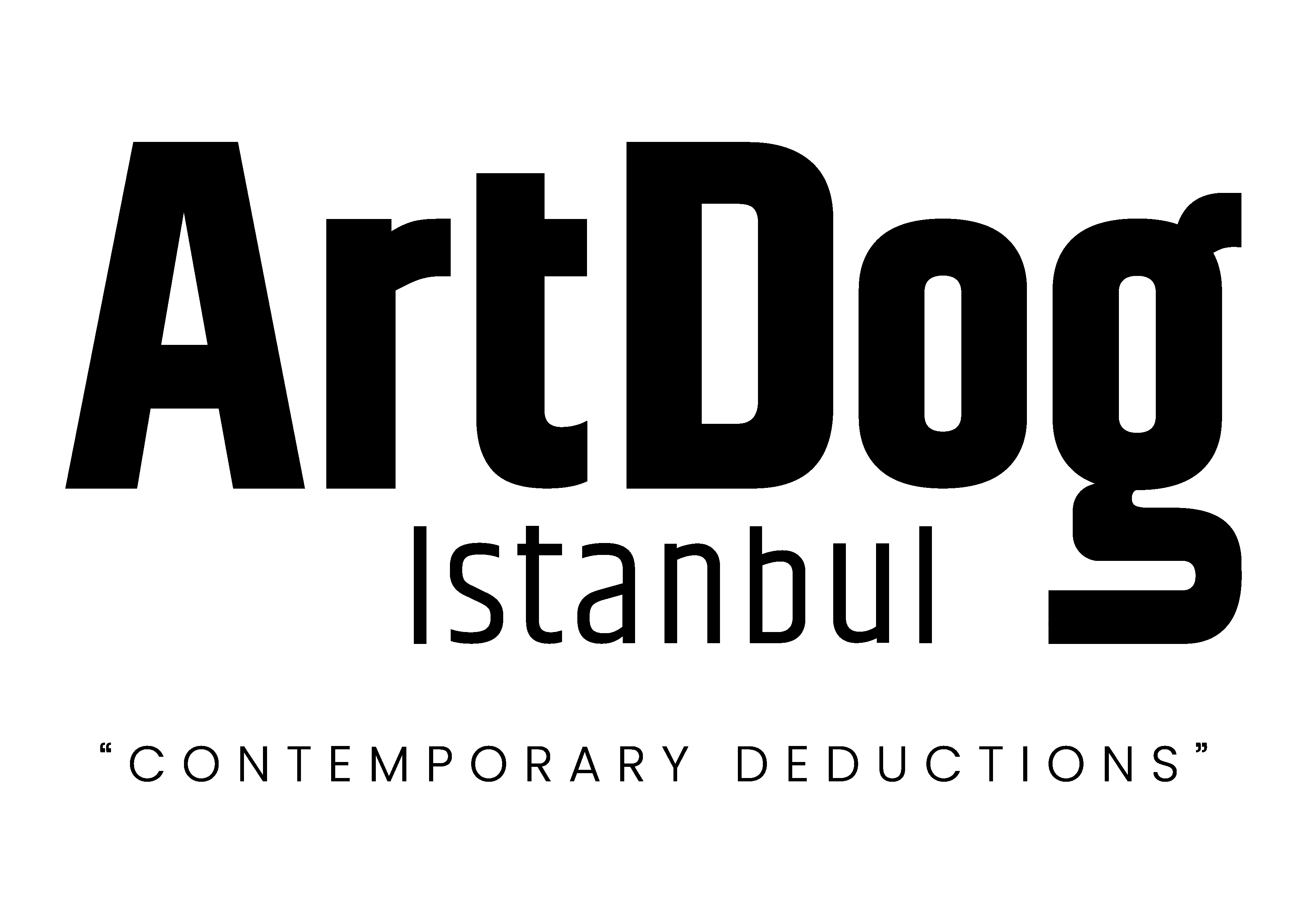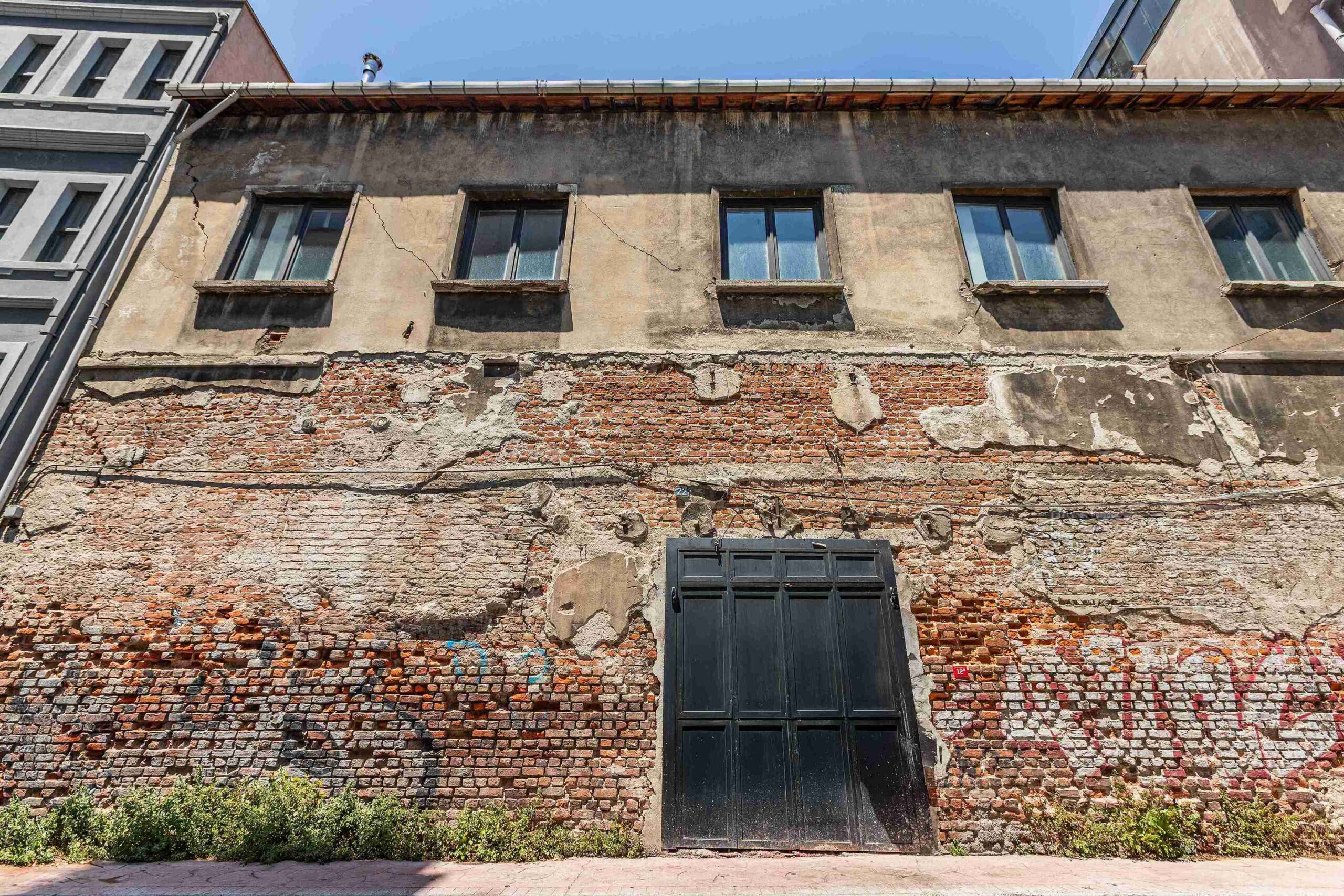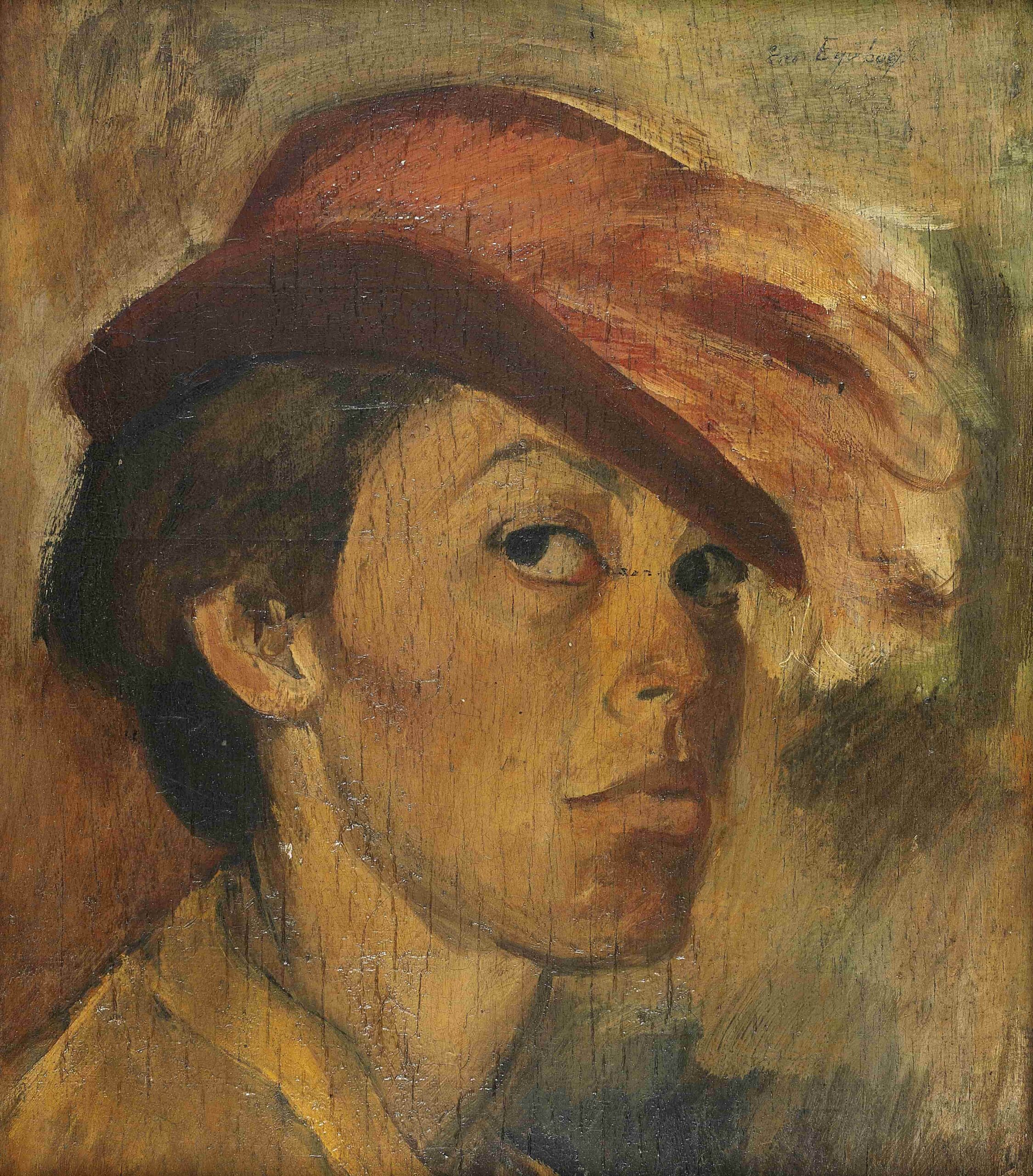David Bowie’s archive of more than 90,000 objects—ranging from costumes to musical instruments, stage designs to handwritten notes—traces the breadth of his creativity and invites visitors on an inspiring journey at London’s V&A East.

The Victoria and Albert Museum (V&A) acquired Bowie’s complete archive two years ago, securing this vast legacy for preservation. Now, the collection of over 90,000 items is at the heart of the newly opened David Bowie Centre within V&A East Storehouse in London. Spanning costumes, instruments, stage designs, handwritten notes, and sketches, the archive reveals the full scope of Bowie’s boundary-breaking career. At the entrance, visitors encounter around 200 objects representing different phases of the artist’s life. In the scheduled research room, individuals can request direct access to five selected pieces from the archive.
Madeleine Haddon, curator at V&A East, emphasizes that the centre is not only an exhibition space but also an active working environment.
“Bowie would have wanted this archive to fuel the creativity of others. We are opening up a space where visitors can discover their own stories and forge unexpected connections with Bowie.”

Bowie’s relationship with the V&A began in 2013 with David Bowie Is, the museum’s fastest-selling exhibition to date. That show brought together 500 objects and later toured 11 venues worldwide, from Brooklyn to Groningen. Thanks to Bowie’s meticulous curation, the newly unveiled archive spans a far wider range. From the 1990s onward, the artist worked with his teams to decide which items were worth preserving, cataloguing even the smallest details—from fan letters to stage props.

From Ziggy Stardust to Labyrinth
Nine mini-exhibitions within the centre highlight the turning points of Bowie’s career. Among them are the iconic Kansai Yamamoto jumpsuit from the Ziggy Stardust era, photographs from the Glass Spider tour, the sheet music for “Fame,” the crystal ball from Labyrinth, and the red jumpsuit worn alongside Marianne Faithfull. Guest curators for the opening include Nile Rodgers and The Last Dinner Party.
The archive extends far beyond stage costumes, shedding light on Bowie’s behind-the-scenes creative processes. Housed within more than 900 boxes, the paper archive encompasses everything from 1970s stage design plans to notebooks for the Lazarus musical, an alternative screenplay for Merry Christmas, Mr. Lawrence, as well as computer-based experiments and sculptural works.

Traces of Unfinished Creativity
Perhaps the most striking aspect of the archive lies in the projects Bowie never realized: a stage adaptation of George Orwell’s 1984, the conceptual album Leon, and even a musical inspired by the 18th-century magazine The Spectator. Surprises abound: preserved fan mail, fan-made artworks, Jim Henson puppets, the key to Bowie’s Berlin apartment, and his personal badge collection all form part of this treasure trove.

